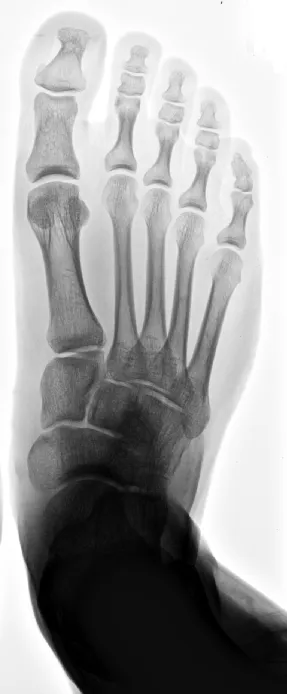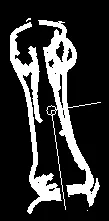对于一次放射性扫描,我已经能够获取轮廓。
我想找到中心轴。我该如何在Python中实现?
这是我的轮廓代码:
import cv2
img = cv2.imread("A.png")
imgray = cv2.cvtColor(img, cv2.COLOR_BGR2GRAY)
edges = cv2.Canny(img,60,200)
contours, hierarchy = cv2.findContours(edges, cv2.RETR_TREE, cv2.CHAIN_APPROX_SIMPLE)
hierarchy = hierarchy[0]
cv2.drawContours(img, contours, -1, (255,0,0), 3)
cv2.imshow('img',img)
cv2.waitKey(0)
cv2.destroyAllWindows()



